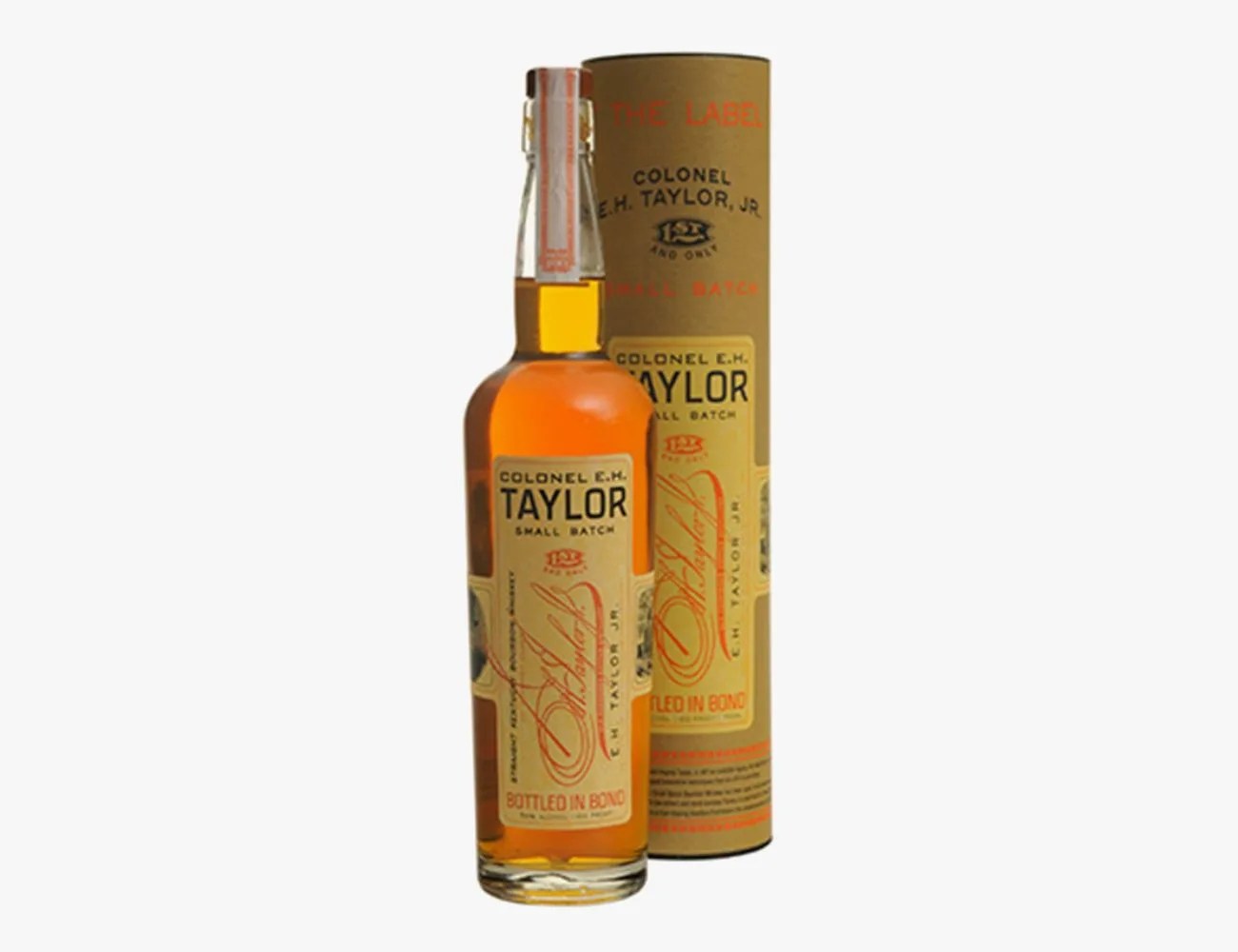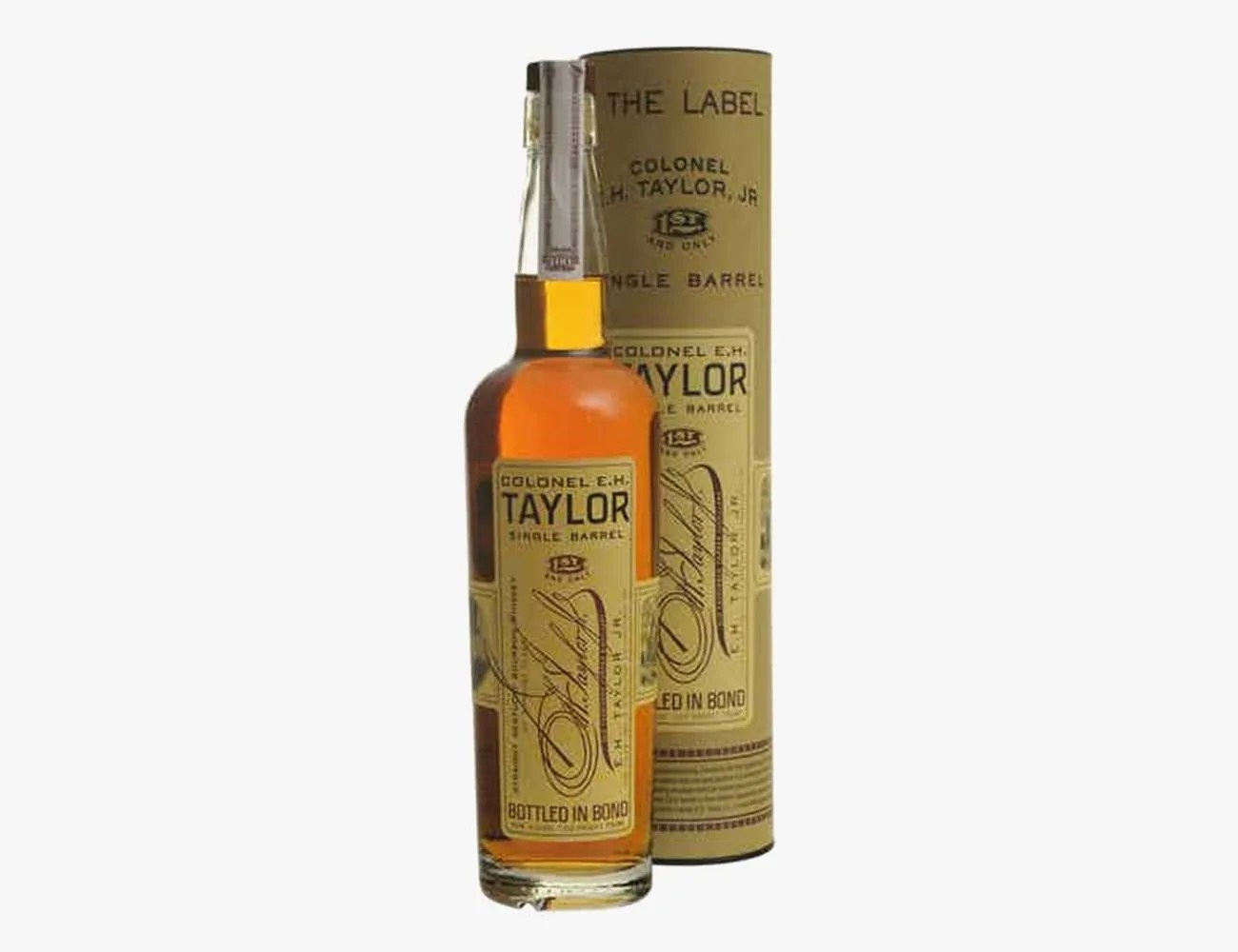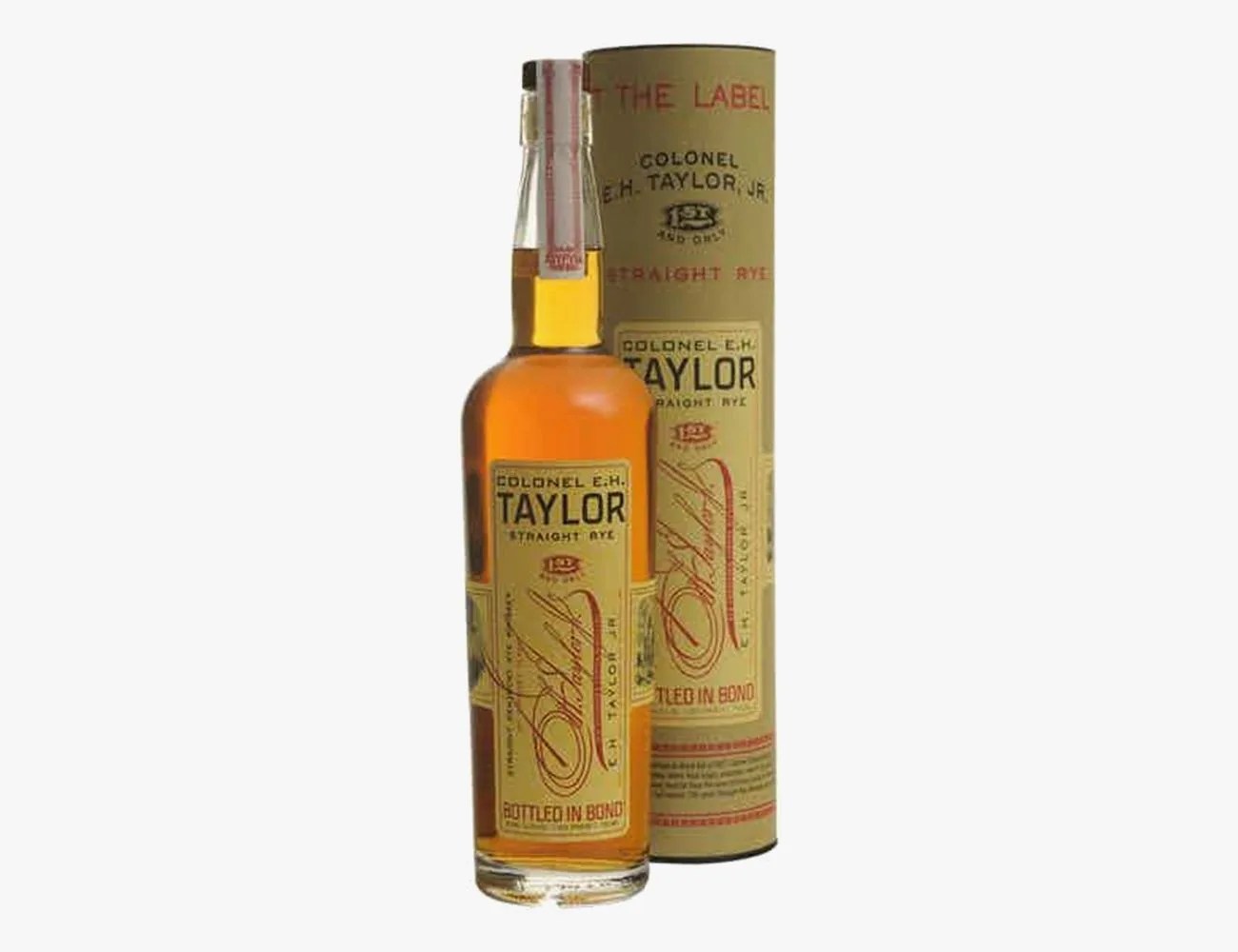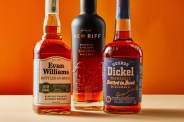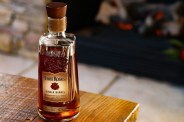The word “colonel” carries a slightly different connotation in Kentucky than it does in the rest of the nation. In most places, it refers to a military officer who’s achieved the highest field-grade rank and is one step away from becoming a general. In the Bluegrass State, however, “Kentucky Colonel” is a title of honor bestowed on people of note, and has diddly squat to do with military service. (The most famous example, one Harland Sanders, spent less than six months in the Army as a teenager; that said, he did wind up in his fair share of gunfights later in life.)
Edmund Haynes Taylor, Jr. of Columbus, Kentucky was one of those fair Kentuckians who picked up the colonel name as an honorific — in his case, due to his contributions to the state’s fabled whiskey industry. Throughout the 19th Century, Taylor started several distilleries — including, in 1870, the Old Fire Copper Distillery, which went on to be sold to one George T. Stagg (you may know his name) before ultimately becoming Buffalo Trace Distillery.
These days, the Buffalo Trace Distillery is part of a multi-billion-dollar conglomerate, as many a famous liquor brand is. But it hasn’t left its founder in the past; instead, it now honors him with a series of brown liquors under the Colonel E.H. Taylor brand. The bottle design is the same one used by Colonel Taylor more than a century back, and many of the products in the line are made to bottled-in-bond strength — fitting, considering the Colonel was reportedly one of the people who lobbied Congress to pass the Bottled-in-Bond Act of 1897.
Products in the Guide
But the whiskey world is far bigger and more complex than it was back when ol’ Taylor was churning out whiskey … or even when Old Taylor Bourbon, the 20th Century whiskey that paid tribute to the man but now sells for wild prices on the secondhand market in spite of its screwtop bottle, was easy to find (it is still in limited production, and retails for $13). So where does this latest whiskey to bear the Colonel’s name land in the marketplace here in the third decade of the third millennium?
Well, I figured, there’s only one way to find out.



